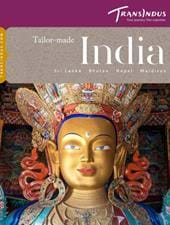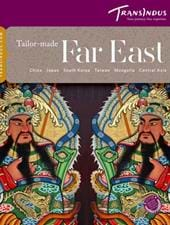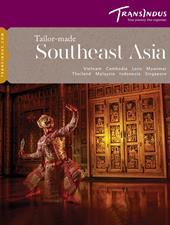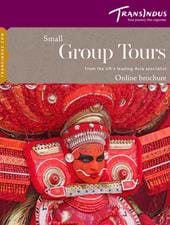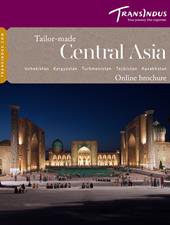Korea's second-largest city after Seoul, Busan, is the country's principal port and the departure point for ferries bound for Jeju Island. Despite the appearance of gleaming towers of glass, Busan remains a city with a relaxed atmosphere city with plenty to occupy curious visitors; it's no surprise that Koreans flock here for the local beaches in summer and to sample the excellent seafood at Jagalchi market, where a clutch of small restaurants serve fabulous we (sliced raw fish).
The city is home to the beautiful Haedong Yonggungsa Temple, perched on rocks just above the shoreline near Haeundae Beach, South Korea's answer to Copacabana. The complex, a popular place of worship, is overlooked by a striking golden Buddha statue.
One of only a few urban centres not flattened during the Korean War, Busan saw a massive influx of refugees during the conflict, many of whom constructed tiny, favela-style houses on hillsides surrounding the city. Known as 'Gamcheon', the largest such district ranked among the poorest neighbourhoods in the country until 2009, when the government invited mural painters and sculptors to spruce up its many empty properties. The result is a spectacular, vibrant, multi-coloured feast of contemporary art—a uniquely uplifting experiment in urban regeneration, a must for all visitors.
Geumjeongsan, South Korea's highest peak, sits on the outskirts of Busan and is easily accessible by cable car scything over the treetops to within hiking distance of its 801-metre (2,623-ft) summit. The entire top plateau of the mountain is ringed by the remains of 400-year-old walls, built in Joseon times to repel Japanese and Chinese invaders. Only a few stretches remain intact, but an excellent path follows their entire undulating course, yielding spectacular vistas over the metropolis and across the straits. You can also spend the night in a monastery at the summit.

